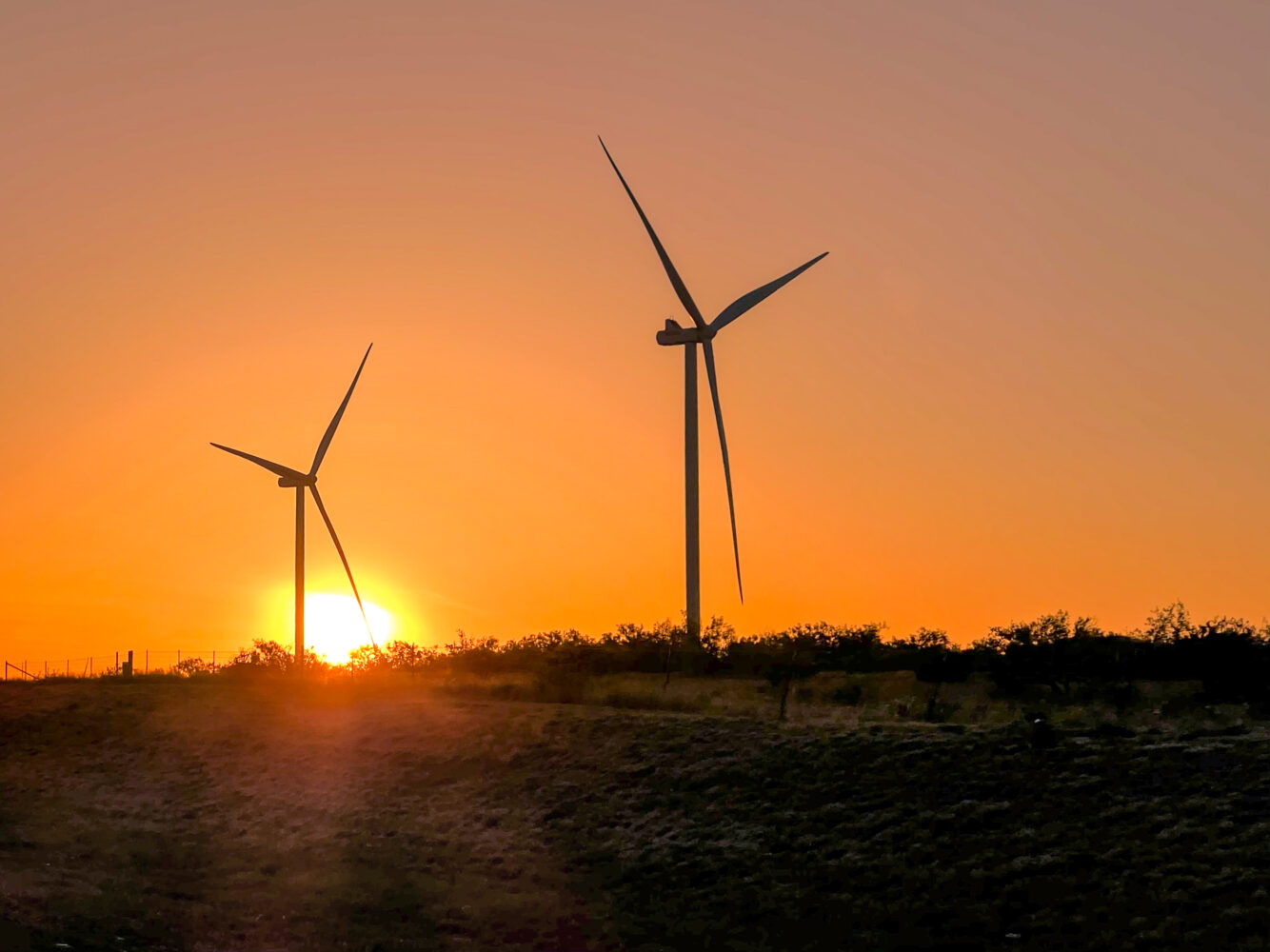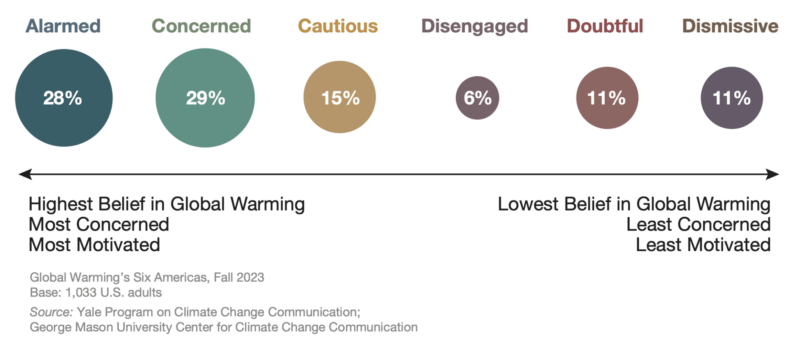
Local reporting on health effects essential for climate journalism
Texas is leading the United States in renewable energy production—wind and solar in particular. At ScienceWriters2024, a workshop on climate change and health addressed areas ripe for more news coverage, such as the business of climate. (Photo by Jonathan Cutrer/Flickr Creative Commons License)
Climate change is already threatening human health, but there is little coverage of this connection in the U.S. media, experts said during a workshop organized by the Council for the Advancement of Science Writing at the ScienceWriters24 conference in Raleigh, N.C. The panelists urged journalists to tell their audiences about the rapid developments in finance, technology, and occupational health that could exacerbate—or help mitigate—climate’s impacts on their health.
“We have flipped to constant change, and we have to get in front of this. If we don’t get in front of it, then we’re going to see much higher mortality,” said Kristie Ebi, an epidemiologist at the University of Washington who focuses on the impact of climate change on human health. “The biggest risk is we’re not going to do enough.”
Many news stories simply summarize advances—or a lack thereof—on reducing greenhouse gas emissions, Ebi said, without covering other aspects of climate change such as financial markets, deforestation, and adaptation. “There’s lots that has changed.”
One way to expand on such reporting is to focus on the business side of climate change adaptation, said Nicolás Rivero, climate change solutions reporter for The Washington Post. While climate journalists often focus on politics, the same kind of attention doesn’t extend to business and technology. Journalists might be missing important stories and explanations behind the dynamics they observe, he said.
“It’s much more likely that Miami gets destroyed not by floodwaters, but by rising insurance rates and becoming uninsurable, and banks not being willing to lend against property in Miami—which just wrecks the actual economic underpinning of the place,” Rivero said. “So, long before the water rises, it’s done.”
Considering the important role businesses play in climate adaptation, more journalists should start writing about the financial benefits of addressing climate change, he said. These stories can also help attract new audiences.
“If you just speak to morality, the justice of wanting not to harm people, you are talking to an audience,” Rivero said. “Unfortunately, it’s not an entire audience. If you bring in an economic incentive and say, ‘Actually, you’re losing yourself money by not doing this,’ then you’re speaking to a new audience now and maybe bringing in more people wanting to act on this.”
Workers’ safety—especially for migrant farm workers—is also not sufficiently covered, said Neza Xiuhtecutli, senior grassroots advocacy coordinator at the National Sustainable Agriculture Coalition.
“Many farm workers don’t have access to health insurance,” he said. “Even though they do qualify for the Affordable Care Act [and] marketplace insurance, they don’t always know about it.”
These workers often develop chronic diseases, such as kidney disease and diabetes, partly as a result of working in the heat, he said. And they have no safety net to assist with the high care needs of these conditions. “What they end up doing—a lot of them anyways—is just going back home.”
With Donald Trump winning re-election and Republicans controlling Congress, Xiuhtecutli expects some labor protections will be rolled back, making coverage of workers’ health even more important.
No matter which angle journalists choose to focus on, the first step for journalists seeking to change their coverage of climate and health is understanding the intended audience for their reporting, said Kathryn Thier, a research fellow at the Center for Climate Change Communication at George Mason University, where she studies solutions journalism and analyzes communication about climate policy solutions.
According to a 2009 study by the Yale Program on Climate Communication, Americans can be grouped into six categories based on their level of belief and concern regarding global warming.
The people surveyed by Yale range from the “Alarmed,” who have the highest belief in global warming and are the most concerned, to the “Dismissive,” who have the lowest belief and are the least concerned. Together, the Alarmed and the “Concerned”—a group one step below Alarmed on the scale—make up more than half of the people surveyed, according to Yale’s 2023 survey data.

Writing explicitly about climate change works for the Alarmed and Concerned, but not for the Dismissive audience, Thier said. But there are still similarities in how people respond to stories. For example, most readers struggle to connect with stories that feel distant geographically, like the plight of the polar bears, or in time, such as health issues that may emerge 50 years from now.
The key is to make the reporting as local as possible. “People care about their communities.” Thier said. “They care about their families. They don’t have to believe that climate change is real to see what’s happening in their communities and to be worried about the effects of heat, pollution, diseases, and so on.”
Journalists should also consider who their audience might find trustworthy when selecting sources, she said.
“What if you called up local doctors in town? What if you called up doctors who were engaged in fighting against climate-induced diseases or climate health effects?” she said. “Thinking about who your audience is and what sources they’ll trust for that information is one way you can really engage different audiences.”
Rivero said showing the audience what actions are being taken to combat climate change can help avoid the paralysis that may be engendered by gloom-and-doom stories.
Clean energy is, for instance, one of the fastest-growing sectors, attracting significant global investment, Rivero said. In the United States, Texas is a leader in renewable energy production.
“When you show the policy solutions, the ones that are most effective in motivating people are clean energy and community design,” Thier said. She encouraged journalists to show people that “they’re not alone in wanting action, or they’re not alone in being worried about this.”